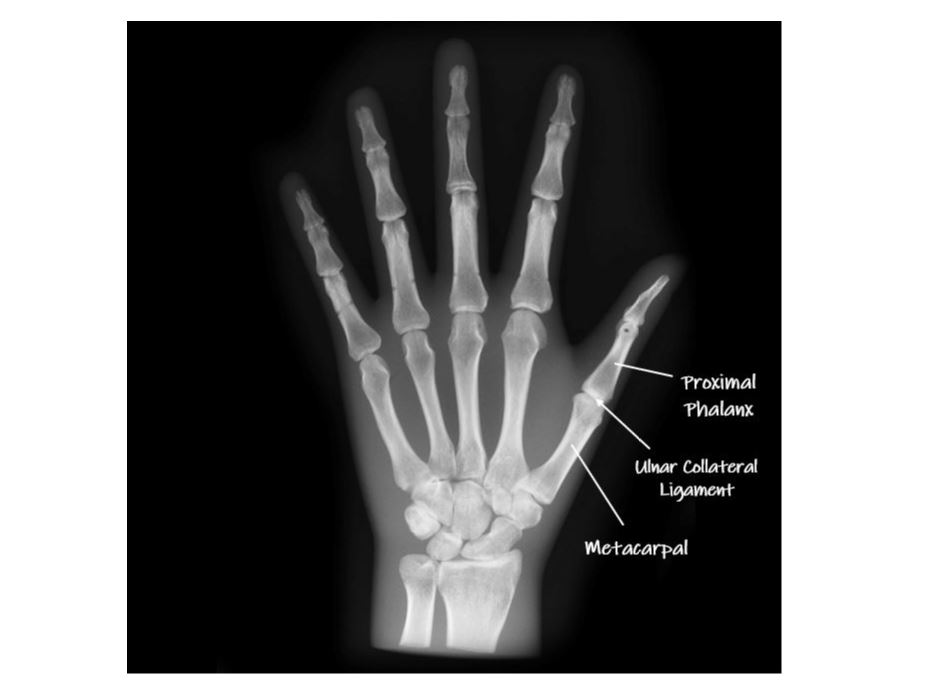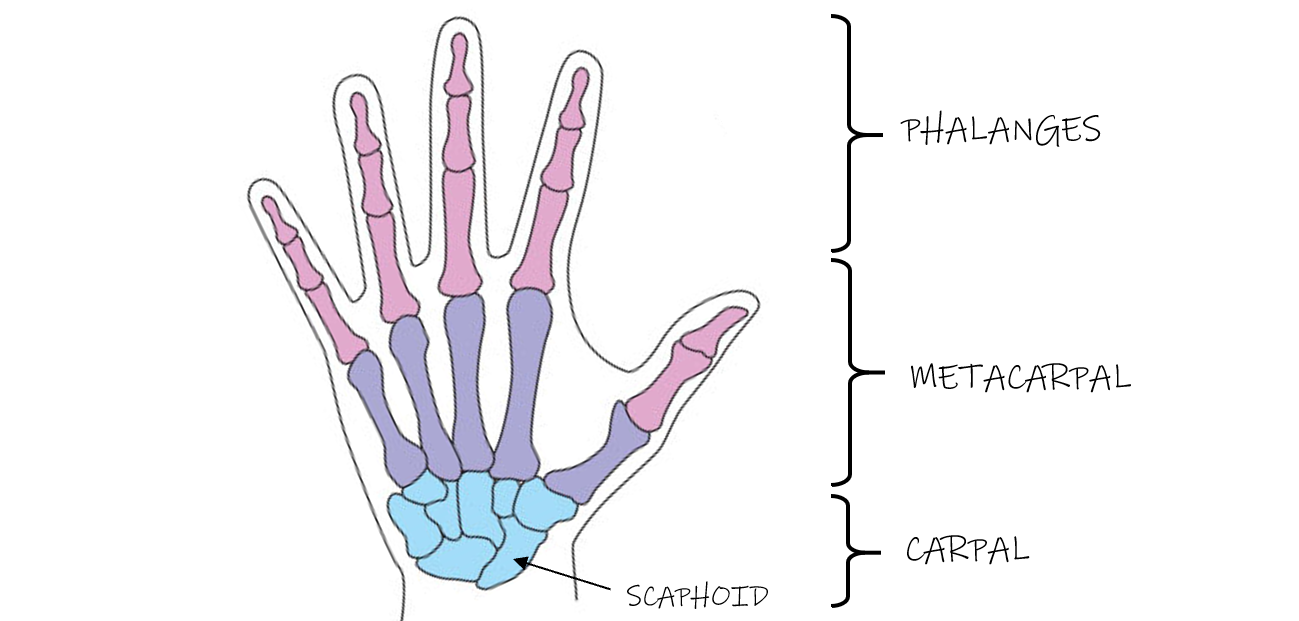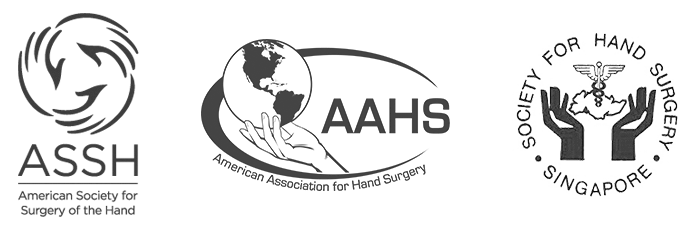Skiing is one of the most popular sports in Winter and is loved by many around the world. Be it at an advanced or beginner level, you will still be bound to injuries if you are not careful.
Many hand injuries and fractures occur when skiers use their hand to break a fall or when they over strain their thumb while gripping the ski pole. Improper or faulty ski gear may also harm the safety of skiers.
Common hand Injuries from skiing
“Skier’s Thumb”
“Skier’s thumb” is the 6th most common injury to skiers. It is an acute injury of the Ulnar Collateral Ligament (UCL) in the thumb. The UCL is a band of strong, fibrous tissues that make up a vital ligament which bridges the bones at the base of the thumb, stabilizing the proximal phalanx of the thumb and the metacarpal bone. It can also be found in the elbow, which provides stability to resist angulation at the joint.
The injury happens when a fall on an outstretched hand with a ski pole in the palm creates a force enough to stress the thumb and tear the UCL. This injury is also common among rugby players and soccer goalkeepers as the damage of the UCL is essentially the thumb being stretched backwards or to the side beyond its limit.
There are 4 degrees to this injury:
Strain: This degree is the least severe. A strain would mean that the ligament was outstretched and not torn.
Partial Tear: This degree is a little more severe, but it is quite common. It is a slight tear in the UCL which causes discomfort, pain and swelling of the thumb.
Complete Rupture: The complete tear of the UCL is severe as it will cause the thumb to lose its stability. The thumb will be able to bend more than usual and it will cause a lot of pain.
Avulsion Fracture: In rare cases, a tiny piece of bone near the ligament is chipped off together with the UCL when it is pulled away. Sharp pain and swelling is inevitable in this case.
SYMPTOMS
Pain, discomfort and swelling over the damaged UCL located at the base of the thumb
Tenderness of the thumb
Weakening when pinching or picking something
TREATMENT
There are ways to treat this ligament tear but seeking medical attention is a priority because you may not know the severity of the tear. The Valgus Stress Test will be conducted to assess the stability of the ligament. This test involves the pushing of your thumb in different positions. X-rays and MRI may also be needed to really see what is happening inside the thumb.
A splint called the Thumb Spica can be used to immobilise the damaged ligament if there is only a strain or partial tear of the ligament. However, a surgery to stitch back the torn UCL may be necessary if the ligament has completely ruptured. A cast will be used to protect the repaired ligament after surgery.
Wrist Fracture
There are 2 types of wrist fractures - Scaphoid and Colles’. Both are common injuries that skiers experience.
SCAPHOID FRACTURE
The scaphoid is one of the 8 bones that make up the carpal bones in the wrist. It is located just above the radius, on the thumb side of the wrist. This bone is essential for the movement of the hand and stability of the wrist. The treatment is based on the severity of the fracture. The measure of the fracture is dependent on the displacement of the broken scaphoid bone.
There are 2 degrees of fracture:
Non-displaced: This fracture is less severe as there is very minimal to no movement of the broken bone.
Displaced: The severity of this fracture is higher as the broken scaphoid bones have shifted out of its original position. There may also be gaps between the broken bones.
SYMPTOMS
Severe pain with movements in the thumb or wrist
Stinging sensation when pinching or grasping
Tenderness on the anatomic snuffbox (between the thumb and the pointer finger)
Swelling, bruising and loss of motion of the wrist
TREATMENT
The treatment may either be surgical or non-surgical, depending on the severity and location of the fracture. If it is a non-displaced fracture, a cast is sufficient for treatment. A cast immobilises the wrist, allowing it to rest and heal. However, if it is a displaced fracture, insertion of screws/pins through surgery would be the most recommended. The screw will put the bones back in place and make sure they do not move out of its original spot.
COLLES’ FRACTURE
This is a type of distal radius fracture which causes a backward bent in the wrist. The distal radius is the part of the radius that is closest to the hand. This fracture is often caused by the forward fall of an outstretched hand, attempting to break a fall.
SYMPTOMS
Pain, especially when flexing the wrist
Bruising, swelling and tenderness in the wrist area are common
The most distinct part of this injury is that the fractured hand will look crooked as it will bend backwards. If there is numbness in the hand, wrist or arm; or if the fingers start to turn pale, it is important to seek immediate medical attention.
TREATMENT
There are 2 types of treatment, either non-surgical or surgical. If the bones are not displaced, a splint or plaster cast is likely to be used until the bone heals. A splint would be more suitable for people who have a lower level of activity while a plaster cast is for those who are generally more active. If the bone is only slightly out of position, the doctor may perform a technique called closed reduction. This is when the bone is moved back into place without having to make an incision in the skin. A cast will then be placed on the arm.
If the dislocation of ulnar is minor, your specialist may also choose to perform a closed reduction to line up the ends of the bones. After this, a splint or cast would be used to immobilise the wrist.
However, if the bones are displaced and the wrist is unstable, surgical methods would be needed as a form of treatment. The surgeon may perform an operation to align the bone back into its original position. On the other hand, your specialist may perform an open reduction. Pins, screws and plates may also be used to hold the bone in place.
If you or your friends experienced these injuries and would like to learn more how we can help you, please contact our clinic to make an appointment for a consultation with Dr. Jonathan Lee.


















